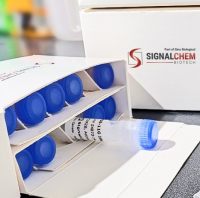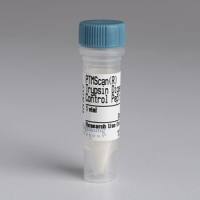Analysis of 2-Aminoacridone-Derivatized Complex Oligosaccharides Using Micellar Electrokinetic Capillary Chromatography and Laser-Induced Fluorescence
互联网
475
It is now widely accepted that oligosaccharides, covalently linked to proteins, can modulate both the physicochemical and
biological properties of glycoproteins (1
–3
). Thus glycans can play a number of important roles: they can ensure that a protein is correctly folded; they can stabilize
a particular conformation of a glycoprotein; they can prevent protein aggregation; and they can protect a protein from protease
activity. Some of the biological roles of oligosaccharides include participation in cell-cell adhesion and immunological and
reproduction processes (4
,5
). The clinical efficacy of a therapeutic glycoprotein may also be affected by the nature of its carbohydrate. Therefore it
is important to minimize carbohydrate content from one batch to another, as this may lead to variations in solubility, metabolism,
pharmacokinetics, and ultimately functional activity. Engineering of oligosaccharide structures in therapeutic glycoproteins
can be useful in tailoring their desirable efficacy.









